Ecbatana in Hamedan, Iran (Ruins, History, Map, Photos)
Did you know that Ecbatana was recently included in the World Heritage List by UNESCO? Ecbatana is an archeological city that was buried under the aesthetic city of Hamdan and is recorded as one of the oldest cities in Iran. The city of Hamadan bears several valuable works and monuments as well as mausoleums belonging to one of the most treasured historical figures of Iran.
Today, this picturesque city has become a touristic center for many visitors due to its historical and scenic locations. The Ecbatana ruins are more than 3000 years old and date back to the Medes period, 7th century BCE. Serving as an important city in the ancient past, Ecbatana cradled countless relics and history from the Medes Empire.
About Ecbatana Ancient City and How Old Is Ecbatana?
Ecbatana, also called Ecbatana Hill (because it is built over a hill), is among the national cultural heritages of Iran dating back to three thousand years ago. This historical city is situated in Hamedan city in the western region of Iran, at the end of Ekbatan Street and Ecbatana National Cultural Heritage and Tourism Base.
The size of the hill where Ecbatana stands is very large which is about 35 hectares. Therefore, it has taken the title of the widest ancient hill in Iran. During the excavations carried out in Hamedan’s Ecbatana Hill, highly significant historical works have been discovered at the world level.
Moreover, about 10 hectares of Ecbatana were privately owned by the citizens of Hamadan, which were later purchased by the government from 1968 to 1969. These sections were then joined with the rest of the city ruins as a tourist site.
Ecbatana Ruins
The ancient city of Ecbatana has a unique architecture and map, a huge water supply network, passages made of cobblestones and square bricks, a long fence, etc. Hence, visiting this city complex is definitely worth it for those interested in the history of this Middle Eastern region.
In the past, the city was the first chosen as the capital of Iran, and along with Athens in Greece, Rome in Italy, and Susa in Khuzestan, Ecbatana is among the few ancient cities in the world that are still standing.
What Is the Meaning of Ecbatana?
You might want to know what the other titles of the historical city of Ecbatana are and what Ecbatana (In Persian “Hegmataneh”) really means. Ecbatana and Hamadan both share the same meaning in terms of word etymology. The word translates to gathering or congregation because Ecabatana was the place for people to congregate.
In the stone inscriptions that remained in Bisotun during the reign of Darius I, Ecbatana was referred to as Hamgmatan in the ancient Persian language, “A-K-M-D-N” in the Elamite language, and “A-G-M-T-N” in the Akkadian language. The Greeks also called this historical city Ecbatana, Egbatana, or Ekbatanis Partiorum. In Latin, this city is called Ahmet, in Aramaic Ahmetn and Hamtan, in Armenian Ekbatan, and in Middle Persian, it is called Hamadan.
History of the City of Ecbatana
Archaeologists believe that after the formation of the Median state, this place was a gathering place, and that is why it was called Ecbatana. This city was the capital of the Medes Empire, then it became the capital of the Achaemenid Empire. The city held remnants of the Medes people, Achaemenids, and the Parthian governments. Deioces, the first king of the Medes, made this city the capital of the government, and then he began building a strong and huge fortress. He built seven castles in such a way that the royal palace and the treasury were located in the seventh castle in Ecbatana.
In 550 BC, with the victory of Cyrus over Astyages, the last king of the Medes Empire, and his conquest, the Kingdom was transferred from the Medes to the Persians or the Achaemenids. Historians believe this place was also the capital and the treasury of the Persians.
What Did Alexander Do in Ecbatana?
The historical city of Ecbatana was also used during the Achaemenid period, and in fact, it was selected as the capital of the Achaemenid Empire. Although after the Achaemenids conquered the Medes, this ancient city never gained its former importance and glory. However, Ecbatana’s location on the royal road was a crucial place for the Achaemenians, and they also valued the settlements.
During the reign of Darius III of the Achaemenid dynasty, the war with Alexander the Great caused major damage to Ecbatana and turned it into ruins.
Ecbatana Reconstruction
Darius ordered to building of a very large palace in the center of the city. The palace had 300 hiding places for royal treasures and eight iron doors that protected them.
Ecbatana Architecture
After extensive excavations carried out in the historical city of Ecbatana, the remains of a large adobe clay architecture built with advanced architecture and precise engineering were discovered in the area. Ecbatana was constructed in the form of a large and colorful labyrinth-like palace on a hill with an area of 35 hectares.
Seven Colorful Castles
The complex is made of seven main castles with passageways connecting them together in the form of a maze. What is interesting about these connected castles is their purposes. For example, the seventh or innermost castle of the seven castles in the city was the king’s palace.
Archaeologists believe that Deioces, the first king of the Medes Empire, ordered the congresses of each of the castles to be painted with a special color, which created together a multicolored glorious city of Ecbatana. However, the colors have vanished since the city was buried underground for thousands of years.
In the writings of a Greek historian, the type of wood used in the construction of the palace is mentioned, and he described the palace as if it was covered with silver and gold. This Greek historian spoke highly of the beautiful decorations of the Ecbatana walls and carvings on the doors, columns, and porticoes.
Residential Structures
Next to these seven intricate castles with special engineering and architecture, there were residential units. Historians claim that the people of Medes asked their king, Deioces, to place their residence near the royal palace, so he ordered the construction of adobe residential buildings next to the castles.
These adobe structures include building units of 5.17×5.17 meters. Each of these units has a counter in front of a central hall, along with side rooms and two warehouses with a small space at the end.
Advanced Water Supply Network
Excavations have uncovered the remains of a completely advanced water supply network. The engineers had constructed this network in an intricate formation that had passageways with a width of more than 3.5 meters in the distance between the channels of water. The route of these passageways distributing water extended from the northeast to the southwest of the city, and the bottom of the passages were covered with identical square bricks.
From here, you can clearly see the intricacy of the Ecbatana map and architecture and the skills of the architects of that era.
Battle of Ecbatana
The Battle of Ecbatana was an important and fateful battle between the Seleucid Empire and the Parthians, also known as the Arsacid Empire, in 129 BC, which led to the victory of the Parthians. After the victory, the governorship of the Greeks in Iran had come to an end.
In order to regain the lost power of the Seleucids in the east, Antiochus VII asked for help from all his Greek allies and managed to form an army of 80,000 thousand people to attack the Parthian territory. This attack had bewildered the Parthian government. Antiochus VII was able to defeat the border forces of ancient Persia in two battles and succeeded in conquering parts of northwestern of the country. His forces advanced as far as Ecbatana.
Farhad II (Phraates II), the ruler of the Parthian Empire, offered peace to Antiochus and set some conditions for the Parthian government. This action gave him time to gather his army (which was much smaller than that of Antiochus). After the Parthian army was ready, he rejected all the conditions set by Antiochus and quickly went west. Farhad II took full advantage of the situation, and when Antiochus and his troops were going to suppress one of these rebellions, he attacked them just in time. Antiochus was killed along with his bodyguards during the battle, and the rest of his army were all killed and captured.
Ecbatana Museum
Between the years 1941 and 1946, a six-grades school was built near Ecbatana, which was then dedicated to the Archaeological Center in the 1950s to be used for archaeological and research purposes. After the discovery of valuable artifacts in the excavations of the historical city of Ecbatana, this school was altered into a museum for the preservation of these precious artifacts. Also, in 1993, the walls between the classrooms were removed to increase the space of the museum. When visiting the grand city of Ecbatana, the museum is also open for exhibition of the relics.
Final Word
Hamadan is one of the oldest Iranian cities, embracing the historical city of Ecbatana, which is one of the hidden gems of Iran. Although its construction is attributed to the Medes Empire, it also has valuable works from the Achaemenid and Parthian periods. The city boasts advanced water systems, architecture, and precise engineering, which include seven castles and residential units. If you are fond of ancient Persian history and culture, we recommend you visit Hamdan’s Ecbatana complex since it is truly one of a kind.
Are you planning to travel to Iran and looking for an Iran travel agency? Check out our Iran tours. Read about more Things to Do in Hamedan.

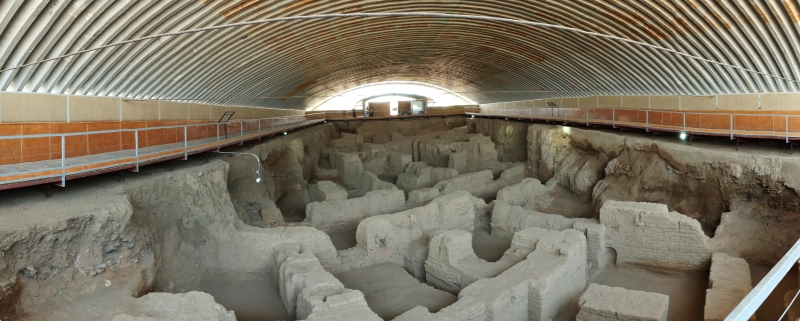
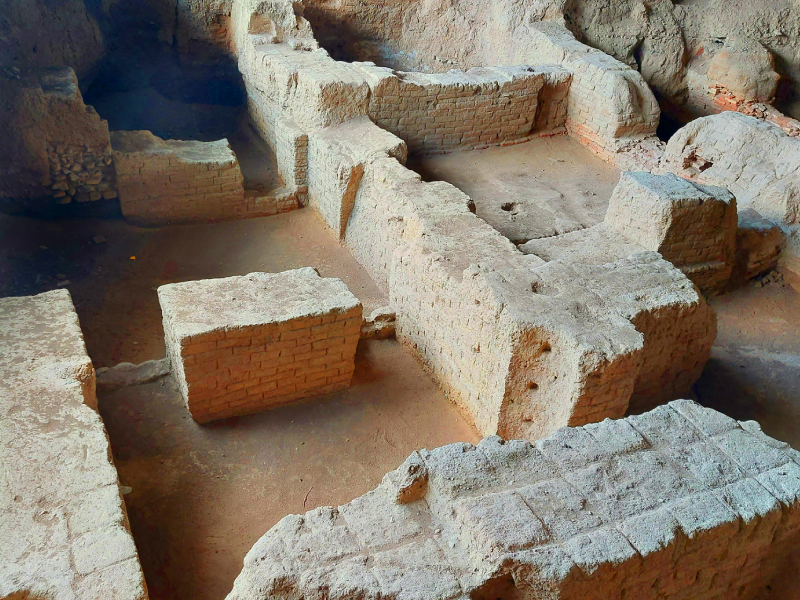
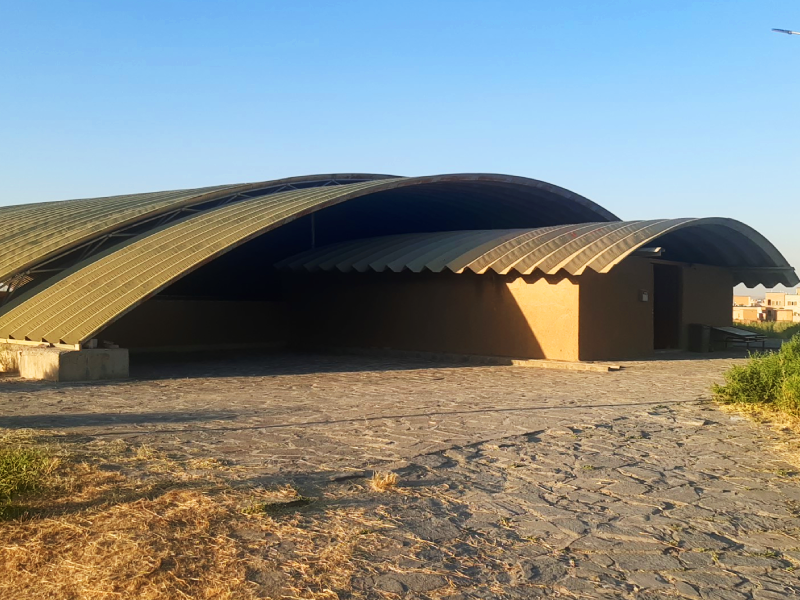
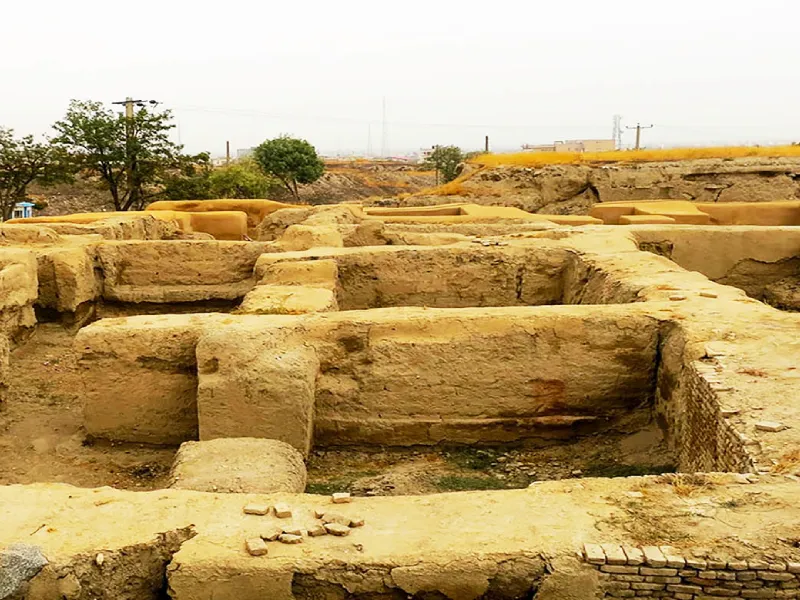
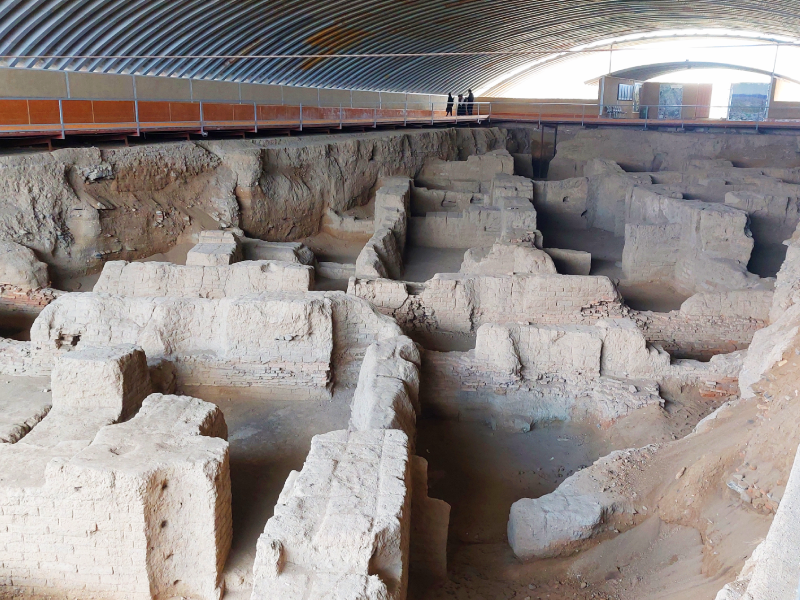




Leave a Reply
Want to join the discussion?Feel free to contribute!